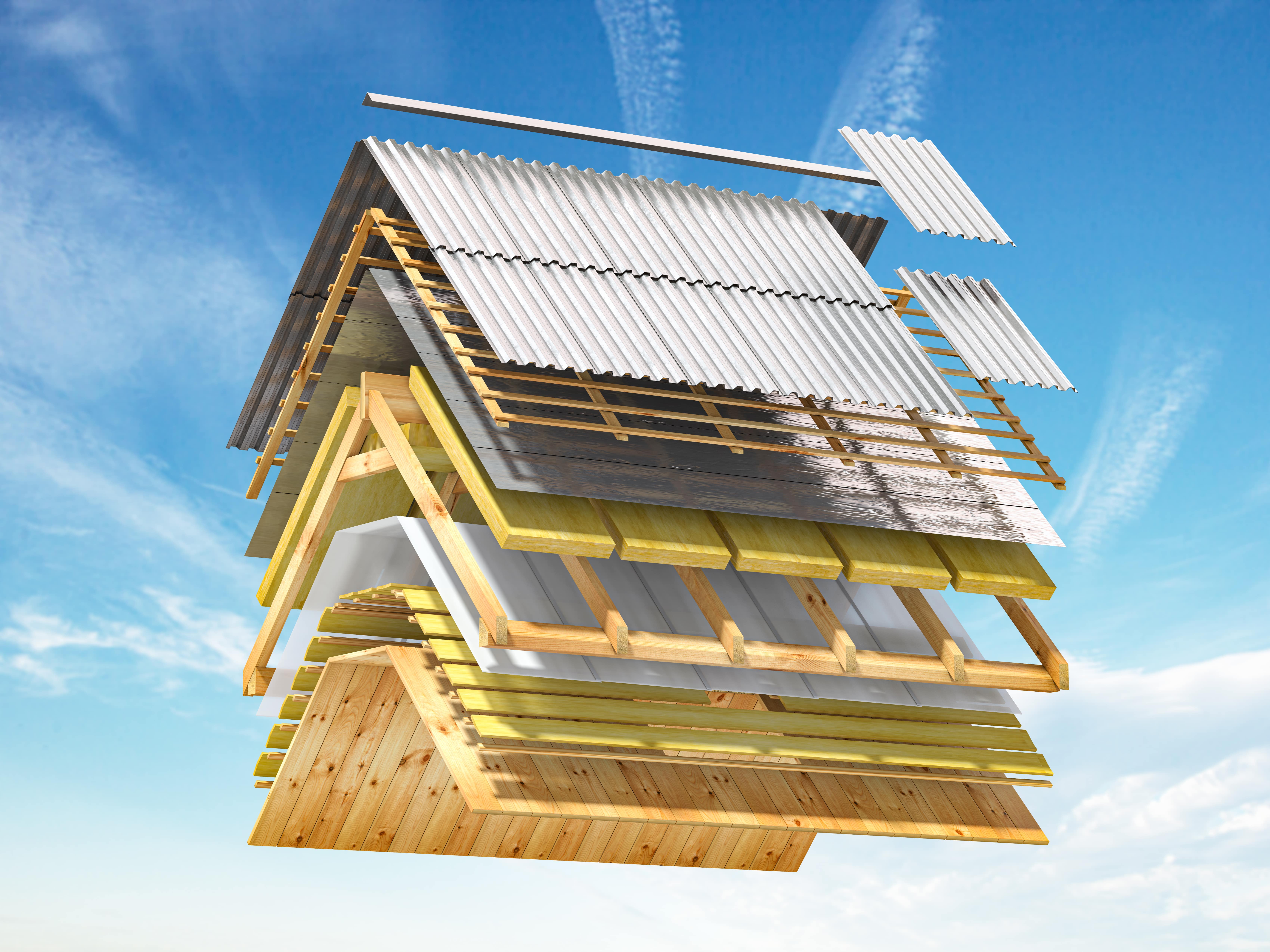Insulated Panels Things To Know Before You Buy
Insulated Panels Things To Know Before You Buy
Blog Article
What Does Insulated Panels Do?
Table of ContentsSome Known Factual Statements About Insulated Panels The Facts About Insulated Panels RevealedNot known Incorrect Statements About Insulated Panels The Best Strategy To Use For Insulated PanelsThe Definitive Guide for Insulated Panels
EPS (Expanded Polystyrene) roof covering panels are functional building products known for their exceptional thermal insulation, light-weight design, and ease of installment. While they are widely made use of in conventional building tasks, there are additionally some ingenious and less usual applications where EPS roof covering panels can provide significant advantages - Insulated Panels. Below, we explore both the common and less common uses for these panelsTheir durability and resistance to weathering also make them suitable for large-scale industrial roofing systems. One of the most usual uses for EPS roof covering panels remains in the building and construction of freezer centers and refrigerated storehouses. The high thermal insulation offered by these panels is necessary for keeping the low temperatures required to save perishable products such as food, drugs, and various other temperature-sensitive products.
Their light-weight nature makes them very easy to mount, and their insulation homes help to produce comfortable shaded locations, securing versus the warm of the sun. The durable Trimdek profile also makes certain durable security against the elements, making these panels a wonderful choice for exterior space. EPS roof panels are an excellent choice for momentary or mobile structures, such as construction site offices, occasion rooms, and short-term classrooms.
The Best Guide To Insulated Panels
By incorporating EPS panels right into the roof framework, building contractors can boost the acoustic efficiency of a structure without the requirement for extra soundproofing materials. EPS roof covering panels are progressively being made use of in restoration and retrofit projects. Their lightweight and slim profile makes them simple to set up over existing roofing systems, including an additional layer of insulation without the requirement for comprehensive structural modifications.

Each of the sustainable building and construction techniques pay off largely because they supply little to no home heating, cooling, or operational costs for the life of the structure. The building is made as air-tight and well-insulated as possible and makes use of extremely power efficient home heating and cooling systems, hot water system and devices.
is one that is built to the very same power conserving criteria as a no energy home and has the roofing area and all the fixtures installed ready for solar setup However, the photovoltaic panels and inverter are not mounted at the time of building. It is energy effective enough to run independently when a renewable solar energy resource is added.Team No from the Energy Effective Structure Partnership is a fantastic source for discovering more on Absolutely no Energy Construction.
More About Insulated Panels
This cutting-edge strategy uses many benefits that are reshaping the building industry. The building procedure utilizing Structural Shielded Panels adheres to a streamlined approach that incorporates accuracy production with reliable on-site setting up: find Architects and engineers work together to develop a SIPs-optimised structure style. SIPs are produced off-site to precise specs. Upraised panels are delivered and rapidly put together on the building and construction site.
Created to sustain roof covering lots while providing superb insulation. Deal a strong, well-insulated base for buildings. To boost effectiveness and reduce on-site adjustments, SIPs suppliers provide a variety here of customization choices customized to satisfy particular task demands. These consist of pre-cut openings for doors and windows, which considerably simplify the installation procedure.
Plumbing holiday accommodations can be pre-planned and integrated right into the panel style, decreasing the demand for substantial on-site modifications. In addition, specialized connections can be crafted into the panels to fit unique architectural features, allowing for higher layout versatility while preserving the architectural honesty of the SIPs system. These customisation choices collectively add to a much more reliable building procedure and assistance understand complicated architectural visions with higher simplicity.

Insulated Panels - The Facts
The roofing of a home is without a doubt one of its most crucial frameworks, constantly functioning to secure the interior from rough climatic conditions (Insulated Panels). It shelters us from rain, stands up to wind and snow lots, and endures the force of the hot sun. What takes place when the normal roofing isn't enough? That's site link where an insulated roof comes to the rescue.
Protected roofing panels aid to substantially decrease energy use and power expenses by maintaining a moderated temperature level. can also lead to reduced heating & cooling costs. With much better insulation, the home heating and cooling down systems can run extra effectively and utilize less power to maintain the wanted temperature. This can eventually cause substantial expense financial savings and a greener footprint.
Considering these elements will certainly assure a reliable installation that offers you long-term benefits. It is important to become knowledgeable about your location's building codes and regulations (call your local council for standards). Certain installment and insulation requirements for roof coverings may differ by region. To stay clear of any type of future legal troubles or problems, follow all relevant regional laws.
Not known Factual Statements About Insulated Panels

Protected roof covering panels should adhere to fire safety and security regulations to protect your property and its residents (Insulated Panels). Examine the fire ratings and certifications of the selected panels to ensure they satisfy the required safety demands. Consider adding fire safety preventative measures like installing fire breaks between panels or using fire-resistant coverings. After considering these things and making the necessary prep work, you can begin the installation procedure.
Report this page